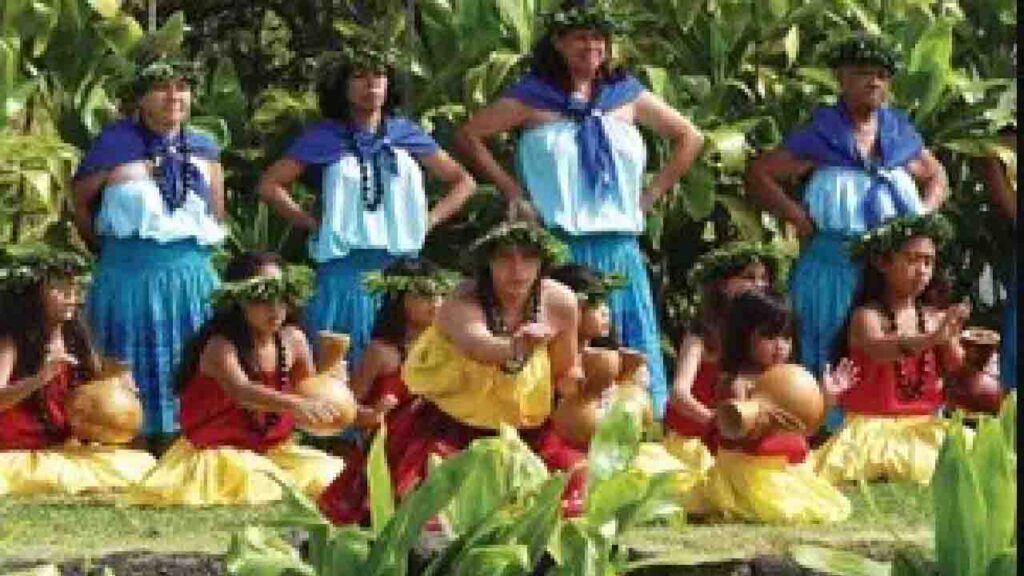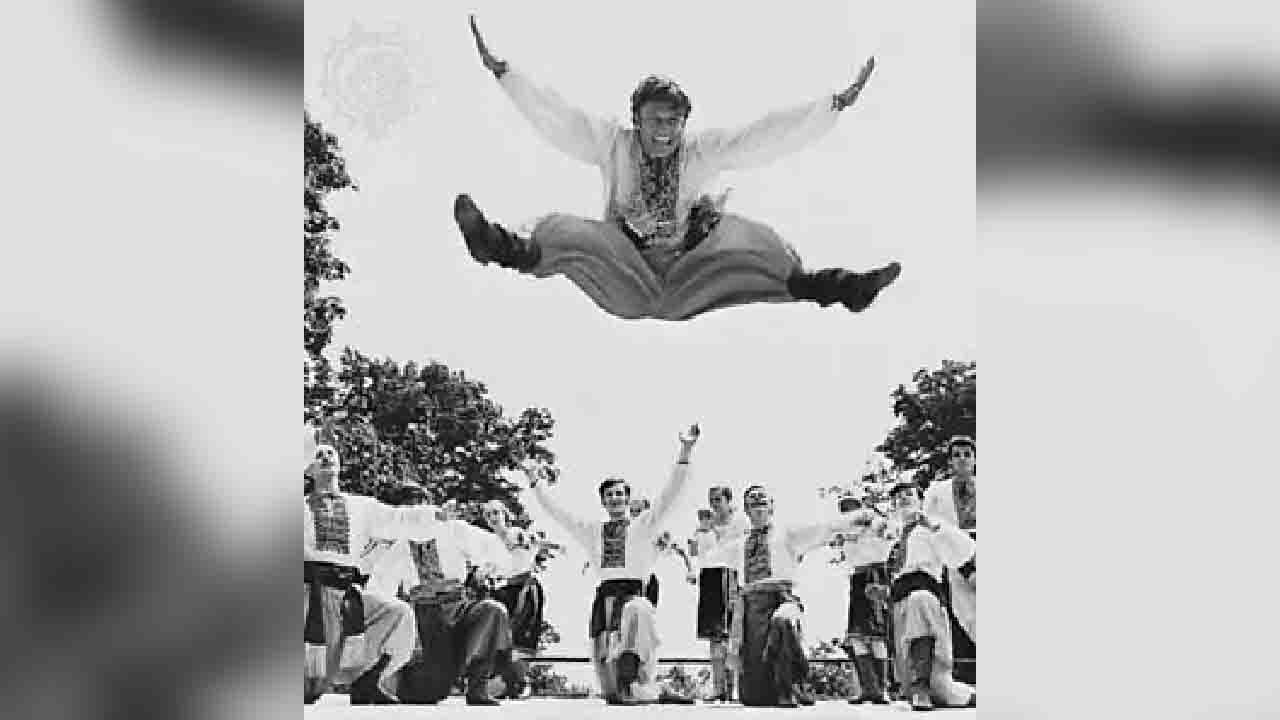Hopak
There may or may not be multiple classifications of dance within any given society. If any dances are characterized by the performers and observers as folk dances, then they are likely to identify other types of dance as well. European cultures have dances such as the hopak or gopak of Ukraine, the Schuhplattler (slap dance) of Austria and Germany, the jig of Ireland, the jota of Spain and the tarantella of Italy, which are identity markers. These dances are recreational, celebratory and secular and are used as national identifiers, and are effective in arousing national sentiment and pride.
Distinctions are made by complex societies between activities on the basis of their functions. Anthropologists typically identify aristocratic, economic, theological and educational institutions, often referred to as the market, the academy, the temple and the court. Dances influence the folk dances of a society and may be associated with each of these.
A culture’s dances may have distinctive features, and even so, the dances will differ in function and style.
Hawaiian Dance
Hula
Both folk dances and formal classical dances have been in Hawaiian society for a long time. include certain common characteristics primarily the use of flexed knee stepping that gives the appearance of swaying hips, and hand gestures, that illustrate a song or chants. The dedicated hula dancer was trained in a sacred venue (hula halau) in pre-European days. The dancer was allowed to perform for the aristocracy after a graduation ceremony (uniki) that authorized the dancer to move from the temple to the court.

Although European influences almost destroyed the hula, it was saved from extinction when it was redefined. The hula which survived by association with the academy and the market primarily thrived as a tourist attraction in the first half of the 20th century. The hula then blossomed as an art form with the so-called Hawaiian Renaissance in the second half of the 20th century. Dances learnt in the hula halau are not considered to be folk dances. All Hawaiian dances use characteristic movements associated worldwide with Hawaiian hula and Hawaiian folk dances are informal, casual dances performed improvisationally at a family gathering or other informal events.
To be continued …








